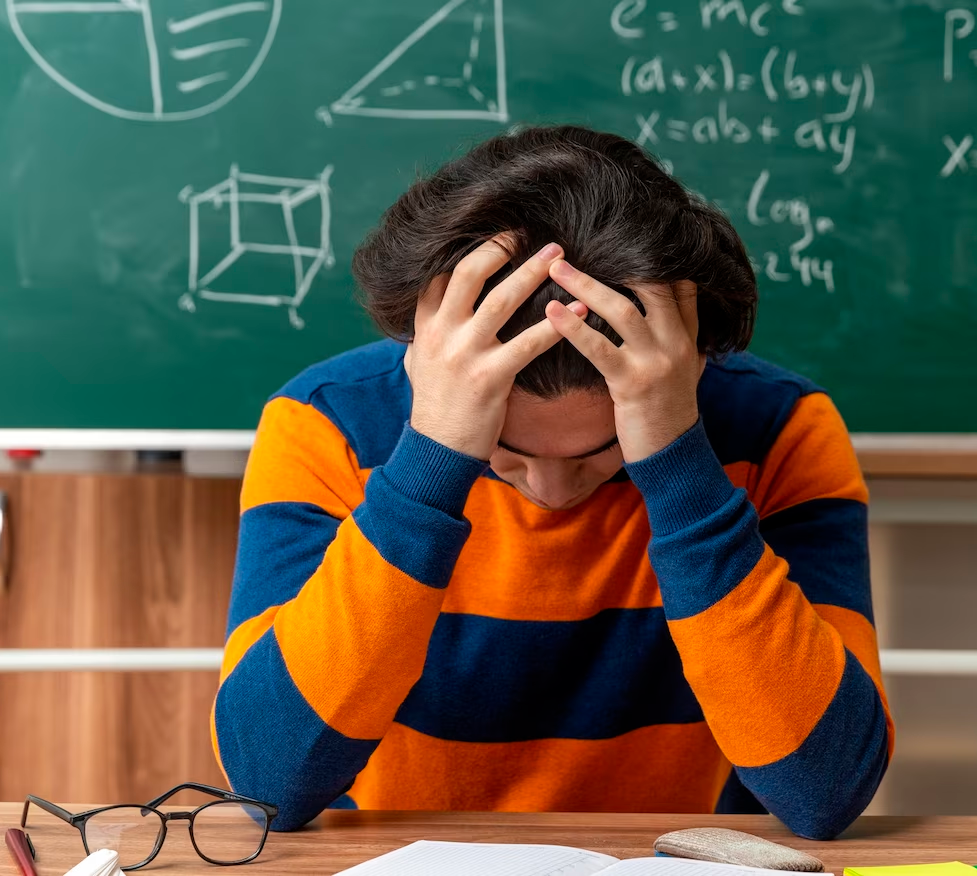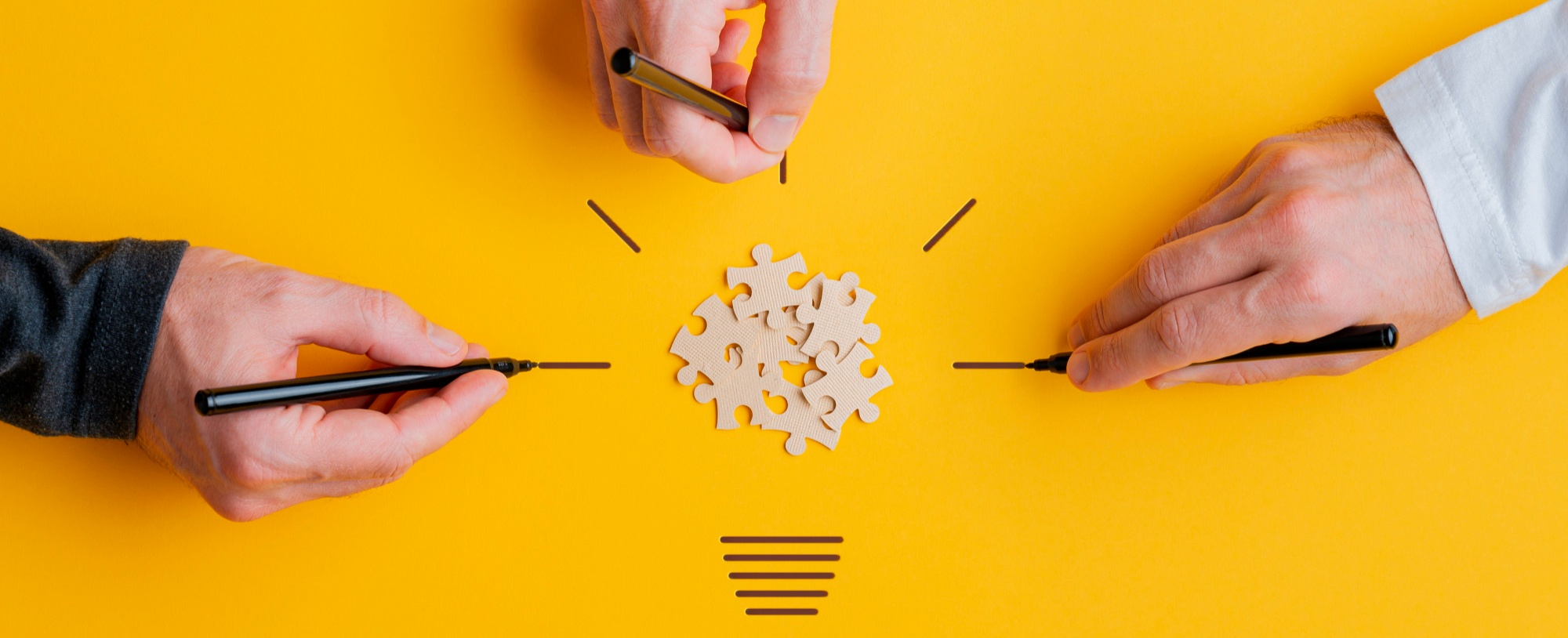Discover methods to support children in a school environment, effectively involving parents and teachers at LACT.
Academic difficulties, learning or behavioral disorders, so many difficulties which constitute a challenge for students, parents and teachers. However, “the thinking of the Palo Alto school is perhaps an opportunity to restore possibilities where everything seems blocked, to propose an adaptation to these new contexts without having to do violence. Some may consider that they are not educators but providers of knowledge, others that they are not psychotherapists. There is no need for one or the other to help students in difficulty. It is in interactional processes that we can find answers. » The systemic approach of the Palo Alto school thus makes it possible to provide a vision, not focused solely on the student, but more globally on an issue. The systemic view facilitates highlighting the interactional link between the school, teachers and students. Thus academic difficulties can be considered as the result of reciprocal influence in an interactional system that has become dysfunctional.

The systemic and strategic approach in a nutshell
The fundamental idea of a systemic approach is to consider that it is not the person, therefore the pupil, who is the problem but rather an interactional system which is dysfunctional and which we must try to understand. Brief strategic therapy offers a constructivist perspective by viewing problems as dysfunctional systems of perception of reality and therefore of reaction. The idea is therefore no longer to seek a “why” but a “how”; we are no longer looking for the causes but for the solutions. The strategic approach is based on the idea that the solution attempted to solve the problem becomes the problem. Despite the best intentions, we tend to repeat more and more of the same thing to get out of a problematic vicious circle. The more we repeat these attempts at solutions , the more we maintain, or even aggravate, the problem.
Difficulties in school
In the school context, the problems most frequently encountered by students are:
- performance decline,
- behavioral problems,
- hyperactivity,
- non-compliance with the rules,
- shyness,
- isolation,
- anxiety, stress.
In general and regardless of the nature of the problem, an alarm will first go off on the teacher's side who will try to solve the problem, then, in a second step, call the parents. The teacher and parents will set up solution attempts to solve the problem. However, if the latter become redundant and ineffective, they risk maintaining or even increasing the problem. We find this dysfunctional pattern very frequently in the case of a turbulent pupil, like Pierre, who is in kindergarten. The teacher first tries to reason and discuss with Pierre. Without success, the teacher sanctions Pierre. If these attempts at solutions do not work, then the teacher calls on the parents, who, in turn, will try to calm down and then discuss with their child, or even arrive at the sanction.
We can clearly see in the case of Pierre that the attempts at solutions frequently implemented in these circumstances are: to reason, to explain, to reward, to punish, to look for the causes and all the intermittent behaviors, that is to say an alternation of different attempts at solution. The attempted solution can sometimes be to bring the child to a psychologist to change his behavior, or even correct it, even if this alternative risks becoming pathologizing by labeling the child with a psychological or behavioral disorder. If Pierre does not calm down despite the attempts of the teacher and those of the parents, a consultation with a psychologist may be suggested as an attempt to understand the behavior of the child. This external speaker can rightly diagnose hyperactivity. However, this diagnosis will perhaps not calm Pierre, but will perhaps aggravate the situation because Pierre now knows that he has every reason to be turbulent being diagnosed as hyperactive! It is therefore essential to identify failing attempts at solutions, to interrupt them and to apply specific strategies in relation to the problem at hand.

Systemic reading of dysfunctional relationships at school
In this feedback loop , in which Pierre reacts to the actions and words of the teacher, who, in turn, modifies his actions and words according to Pierre until creating a vicious cycle, it is obvious that the recurring problems of the students identified above will have an impact on the teacher. The latter can face two categories of difficulties: the dysfunctional complementarity (also called the paradox of aid) and the symmetrical struggle . Each scenario is characterized by the repetition of dysfunctional interactions between the teacher and one or more students, between the students or between the teacher and the parents. These systems, teacher-student or teacher-parents, find themselves in dysfunctional interaction loops that become veritable vicious interactional circles. It is “useful to seek out and highlight these redundant interactions which participate in the persistence, or even the amplification, of a problem in the classroom, because teachers are very sensitive to them. Identifying “always more of the same” often constitutes a reframing that completely changes the teacher's way of understanding or feeling the situation. This “re-reading” of the situation functions as a springboard for the search for new ways of doing things.”
When an interaction of the help paradox type (where the help provided by the teacher becomes ineffective) takes place, we observe on the part of the teacher a large number of support measures put in place to one or more students. But when these measures persist without positive effect, they end up contributing to school failure as well as to the exhaustion and guilt of the teacher who will have tried in vain. This common situation is well illustrated by the case of Julie who is a CP student with some difficulty in graphic design. The more the teacher asks Julie to do her lines of writing and the more she suggests that she practice at home, the more Julie feels in difficulty. Despite her best intentions to help Julie, the teacher unfortunately sends the little girl a completely different message suggesting that she is not capable of doing like her classmates.
In certain situations with pupils presenting behavioral problems, we observe that a sort of symmetrical struggle “for power” is gradually taking place between the teacher and the pupil. The teacher, who should be in a high complementary position, then finds himself in a low complementary position, forced to react rather than act in the face of the child's problematic behaviours. The case of Fabien, a pupil of CM2, perfectly illustrates how this symmetrical struggle is set up. Fabian is the "clown" of his class. He doesn't like school very much because he finds the work too difficult, but he likes to make his classmates laugh. This situation of course exasperates his teacher who tries by all means to channel him by giving him the floor, getting him out of the classroom or even giving him a job to do. But the more the teacher sets up these attempts at solutions, the more Fabian is difficult to channel. And soon the teacher and Fabian will enter into a “power” struggle over who will resist the best!
The alliance with the teacher
We can deduce from these examples that if there is a problem at school, there is a solution at school. It is, above all, to have a first reflection with the teacher who is directly concerned:
- by creating a collaborative bond through systematic research with the teacher on the basis of their observations.
- by defining the problem for a search for the facts, that is to say the problematic manifestations.
- by understanding the desired change request and the timeframe within which a first small change needs to take place.
- by defining a contract of collaboration by clearly specifying the role of each with a precise mention of the fact that the speaker will in no way replace the teacher.
It then becomes possible to carry out a reframing by reformulating the problem in systemic and interactional terms. Finally, it is necessary to define an intervention strategy which can be broken down into an observation task or an active task with a different behavior prescription.
Just like a medical prescription, the prescription of a task to be performed in class aims to experiment with another mode of interaction. The teacher will thus be able to experience a new operational situation and experiment with new methods of communication. This 180° task of his attempt at solutions may seem paradoxical to the teacher, but it will block his attempt at a solution and then gradually move towards solving the problem. If we go back to the case of Fabian, the teacher could have encouraged her student to clown around at the end of a difficult lesson in order to bring a little levity. This indirect approach aims to modify the behavior of the student and will place the teacher in a position of co-therapist and will thus facilitate the path towards problem solving.
The indirect approach
The implementation of an indirect approach with young children and pre-adolescents through the teacher will therefore be preferred in the school environment. Until preadolescence, the emotional maturity of the child is generally not sufficiently developed. On the other hand, the child may not be aware of the problem. As children grow and mature, direct therapy can then be used.
The Strategic Therapy Center of Arezzo (the Institute for research, training and psychotherapy founded in 1987 by Giorgio Nardone and Paul Watzlawick) has developed intervention protocols in order to best remedy these disorders frequently encountered in schools. :
- attention deficit/hyperactivity disorder (ADHD)
- oppositional defiant disorder
- selective mutism
- avoidance disorder
- school phobia
“These protocols are simple guidelines, which are far from being rigid and pre-established […] These protocols are easily duplicated, predictable and self-correcting. »
The so-called indirect approach makes it possible to modify the problem behavior of the child by giving the teacher tasks at 180° of his attempted solutions. This approach has many advantages. First, it reduces teacher's resistance to change The work focuses on interaction and not on pedagogy. Actions, often paradoxical, are proposed to the teacher. Secondly, this approach makes it possible to stop the attempts at solutions put in place by the adult without them being really aware of them, thus gradually modifying their perception and then their reactions. Finally, the student's problematic behavior is modified in spite of himself, the interactional process becomes more flexible and becomes functional again. In the case of Cléo, a very angry kindergarten student, the teacher used the energy of anger in a positive way by offering this very energetic child to help her with tidying up the workshops. This prescription co-constructed with the teacher and the therapist allowed the teacher to implement a strategy at 180° of the usual sanction. Moreover, Cleo not only accepted the proposal, but also asked her teacher to use her energy to help her. This change in interaction gradually changed the teacher's view of Cléo.

Examples of indirect techniques and strategies implemented with students
After defining the problem and identifying attempted solutions, techniques and strategies are put in place:
- a reframing with a positive connotation thanks to which the use of the symptom manifested by the child will bring a positive connotation to the child in difficulty. The case of Sophie can illustrate this positive reframing. Sophie is in CE1 class and has difficulty with reading. Instead of suggesting simpler texts or readings to do at home (attempts to find a solution), the teacher suggested that she “act” like in the theater what she had to read because her voice is magnificent. Julie found this game interesting and thus became more interested in reading.
- a paradoxical prescription of behavior that will create an aversion to it. Talkative or turbulent pupils, for example, can dedicate class time of a few minutes a day to the child to do “his little theatre” in front of his classmates. The case of Zoé illustrates this indirect strategy. Zoé is a kindergarten student who is rather talkative and dissipated during learning workshops. She was not disciplined but was encouraged to tell a short story of her choice four times a day in front of her classmates. Zoé got exhausted telling stories, and after a few days she chatted less during the workshops.
- the technique of "as if" or "let's pretend that this disorder does not exist". This is the case of Alexis, a third grade student who lacks self-confidence. The teacher has put in place many aids, such as reassuring and helping. Despite the teacher's best intentions, the message to Alexis was that without help, he couldn't do it. The prescription given to the teacher was to act as if Alexis could do his work alone with the instruction that if he needed help, it was up to him to ask and not the teacher to anticipate. Alexis took a bit of time to reach out to her teacher and gradually managed to find a certain form of autonomy in her work.
The systemic approach in schools, an effective approach
The systemic approach sheds light on school difficulties by placing the child at the heart of the systems in which he interacts, and in particular the class system. By focusing on dysfunctional interactions within the class system, it provides another perspective and solutions to difficulties in the school environment from kindergarten. In addition, the indirect approach in a systemic and strategic reading allows teachers to better understand and apprehend school difficulties. The main thing here is of course to help the teacher to help his student in difficulty by focusing, not on a problem, but on the dysfunctional interactions which contribute to maintaining and/or aggravating the problem. “It is the teacher who will be the main agent of change, relying on his own skills and those of other members of the system. »
Learning about a problem through change is the only way to develop effective techniques for providing help to those who need it. It is therefore essential to conclude that “the use of the systemic approach in school is not intended to transform teachers into therapists, but to enable them to become better teachers. »

References
Curonici, Chiara and McCulloch, Patricia. (2004). The systemic approach in schools: reflections after 20.
Nardone, G. and Portelli, C. (2012) Knowledge through change.
Vidal, Michel and Garcia-Rivera, Teresa (2013). Palo Alto at school..




